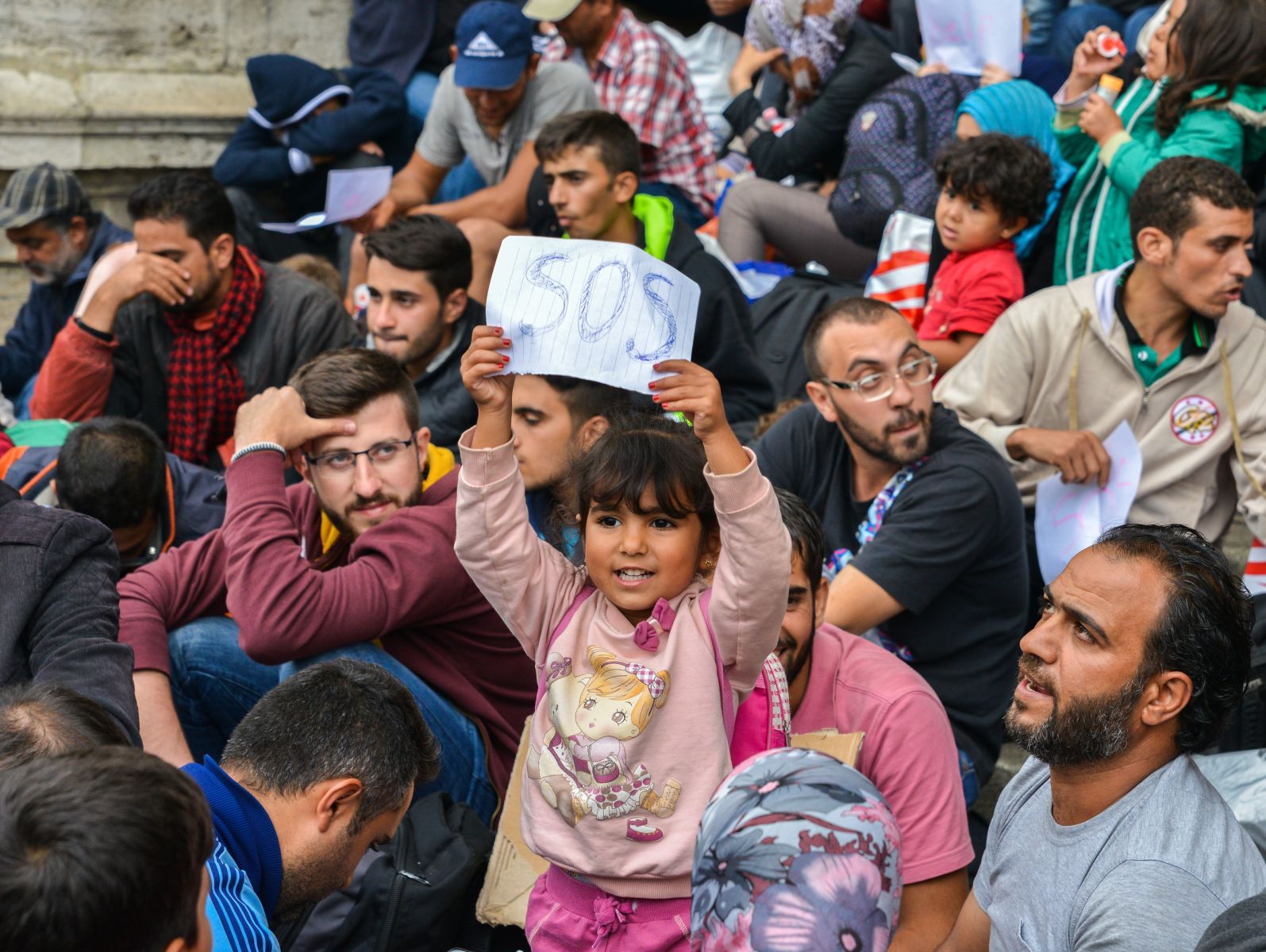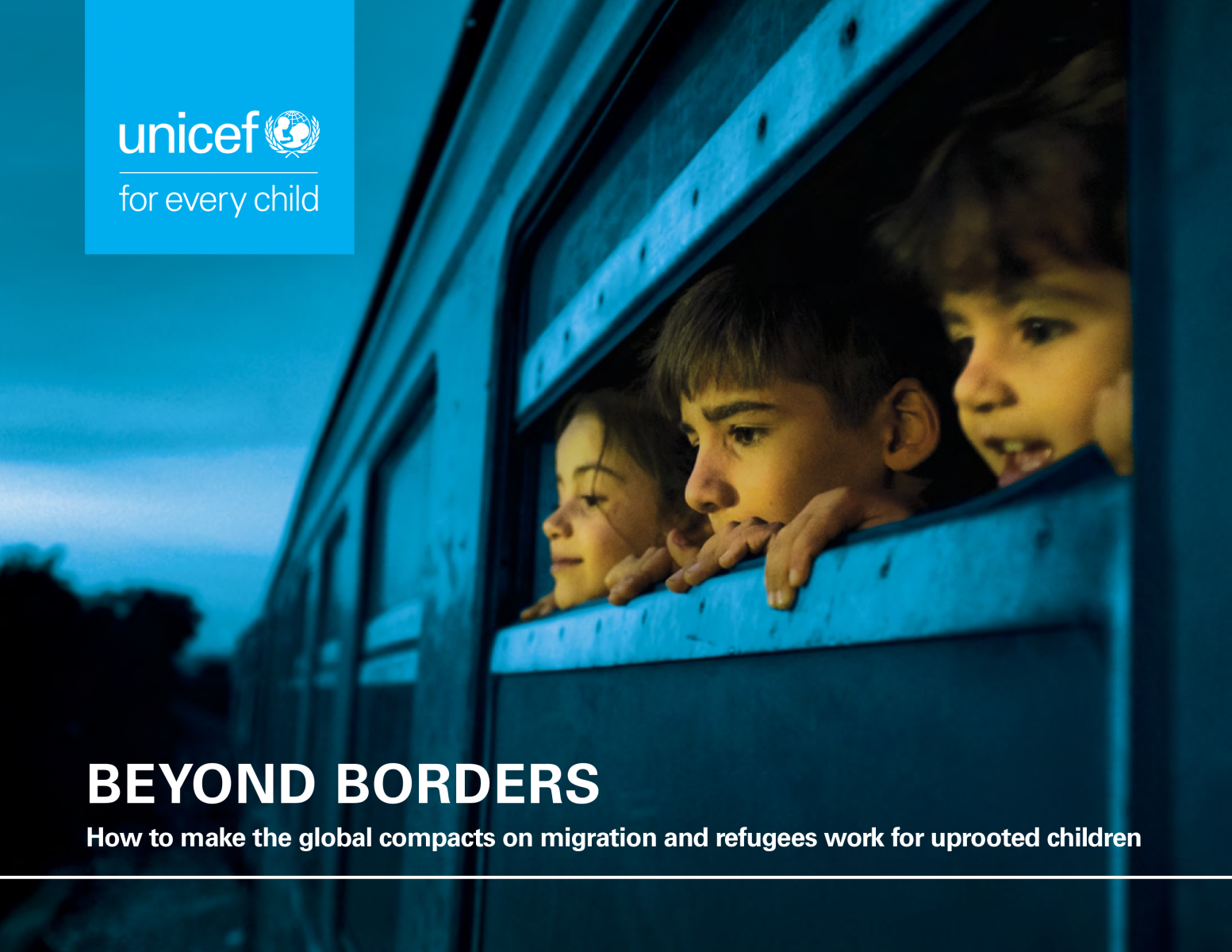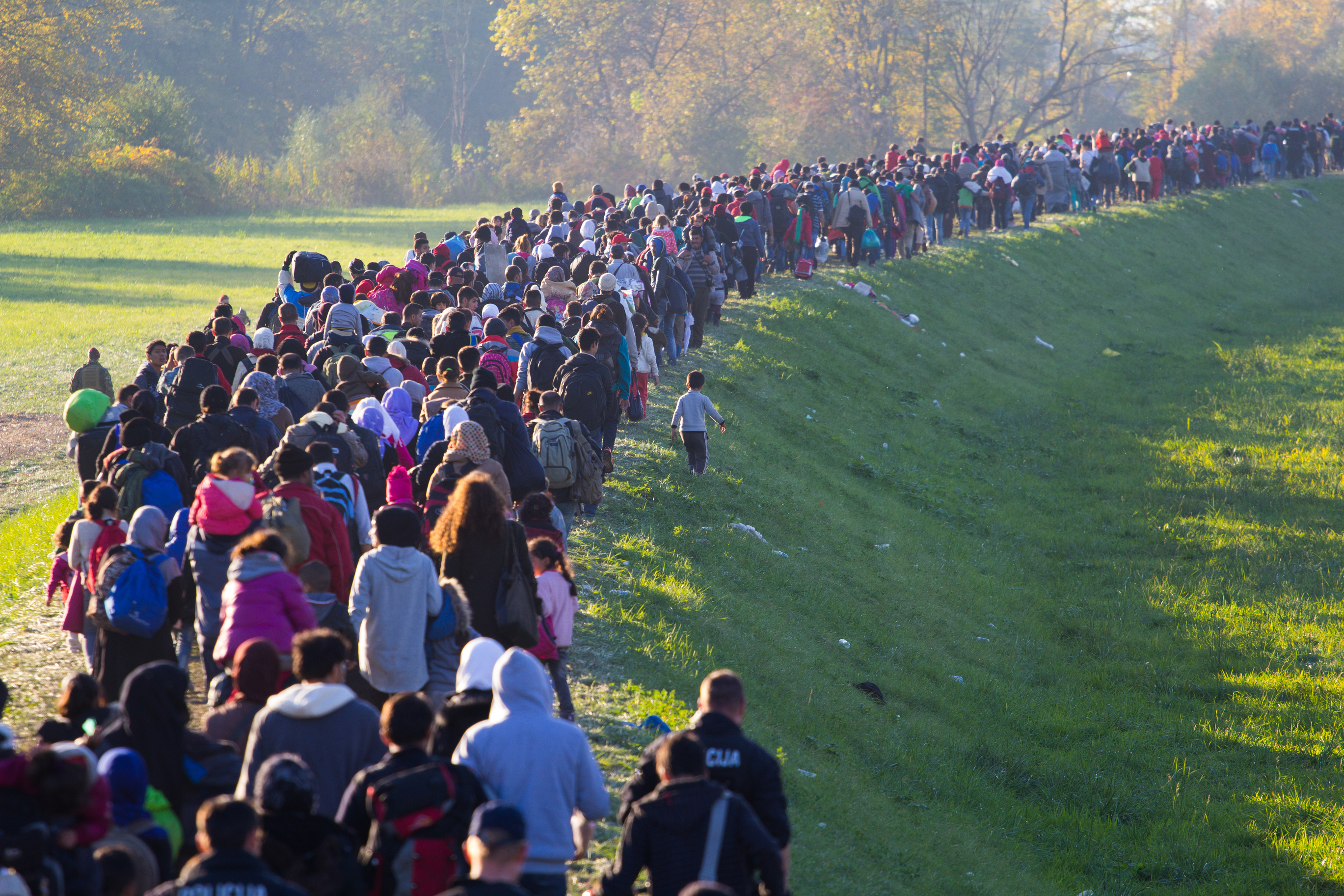Children on the Move
Children on the Move
 Contributor: Dr. Maria Pia Belloni Mignatti, Chair UN Committee on Migration, ECPC Advisory Board
Contributor: Dr. Maria Pia Belloni Mignatti, Chair UN Committee on Migration, ECPC Advisory Board
IN PROCESS
The Facts
Today, nearly 50 million children have migrated across borders or been forcibly displaced. They are “children on the move”, an umbrella definition which brings together children moving for a variety of reasons (conflict, poverty, violence, natural disasters, climate change discrimination, lack of education and access to services) within or between countries, with or without their parents or other caregivers.
These children face a variety of rights violations, in the country of origin, transit or in the host countries, from exploitation and violence to being separated from their families, detained because of their migration status and deprived of essential protection.
The UN Initiatives for Migrants and Refugees: The Commitments for Children

On 19 September 2016, the UN General Assembly adopted the New York Declaration for Refugees and Migrants. This Declaration expresses the political will of world leaders to share responsibility on a global scale with regards to refugees and migrants and contains a number of important commitments to children. In particular, in par. 82 of the Declaration, the Members States committed themselves to support early childhood education for refugee children.
The Declaration also calls for negotiations leading to the adoption of two envisaged agreements in 2018 - the Global Compact on Refugees and the Global Compact for Safe, Orderly and Regular Migration.
2. The Civil Society Initiatives: The Special Consideration for Children’s Rights
The Initiative for the Child Rights in the Global Compacts, aiming to ensure that both global compacts reflect a common approach to protect children on the move, stresses the critical role of early childhood development (ECD) especially for refugee and migrant children.
The Civil Society (CS) initiative Now and How: The Acts for the Global Compact, proposing a transformative agenda for human mobility, migration and development, considers the rights of migrant and refugee women and children as crosscutting issues, stressing that the best interest of the child must be a primary consideration in all policies, decisions and actions as detailed in the Child Rights in the Global Compacts.
The transformative power of ECD can be demonstrated in almost all the Ten Acts (Act 1, Diver of Human mobility; Act 3, Protection; Act 5, Access to services; Act 6, Education; Act 7, Inclusion (inclusive and peaceful society); Act 9, Return and Reintegration).
UN Committee on Migration
The UN Committee on Migration is a member of the Conference of Non Governmental Organizations (CoNGO) in consultative relationship with the United Nations. The mission of the NGO Committee on Migration is to encourage the protection and promotion of migrants’ human rights, in accordance with the United Nations Charter. Taskforces include Children in Migration, Communications, Migrants in Transit and Refugees.
Goals:
- To inform on the challenges faced by migrant and refugee children
- To raise awareness around and accountability for the rights of children on the move and other children affected by migration
- To demonstrate the commitment, at the United Nations (UN) and Civil Society (CS) levels, to promote early childhood development (ECD) programs for migrant and refugee children and their families
Putting Words into ACTion
From 4-6 December 2017, the UN Committee on Migration presented the document Putting Words into ACTion: Concrete Policies and Practices for the Implementation of a Civil Society Vision for the Global Compact, at the Stocktaking Meeting in Puerto Vallarta (Mexico), where the UN Member States reviewed and analyzed inputs received through the preparatory process to define the Global Compact on Refugees and Migrants.

The UNICEF publication, Beyond Borders. How to Make the Global Compacts on Migration and Refugees Work for Uprooted Children, presents successful case studies from around the world in the protection of children on the move and it is a strong message to the leaders and policy-makers in Puerto Vallarta: The Global Compact on Migration is an historic opportunity for Governments to take action to care for migrant children.
In February 2018, the final negotiations will start. The Committee will work to encourage Member States to introduce early childhood development (ECD) programs in the migration and refugee context.
Calls for Action
- Exchange information on good practices and policies regarding the implementation of early childhood development (ECD) programs in a migration and refugee context
- Advocate at national and local level, for the migrant and refugee children’s rights to education, in particular ECD
- Promote the collaboration among Civil Society, international, national, local authorities, Academia, and private sector to facilitate the implementation, at national and local level, of ECD programs
Additional Reference Material
- Global Detention Project
- End Immigration Detention of Children
- Initiative for Child Rights in the Global Compacts
- The UN Refugee Agency (UNHCR): Child and Youth Protection
- International Organization for Migration: Unaccompanied Migrant Children (UMC)
- Unaccompanied Children on the Move
- Initiative for Child Rights in the Global Compact: Resources
- Protection of the rights of the child in the implementation of the 2030 Agenda on Sustainable Development
- United Nations Office of the High Commissioner on Human Rights (OHCHR) Report to the Human Rights Council on the compendium of principles, good practices and policies on safe, orderly and regular migration in line with international human rights law - A/HRC/36/42 (September 2017)
- United Nations Office of the High Commissioner on Human Rights (OHCHR)
- Working Document on Child Rights In The Global Compacts
- Global Conference on Children on the Move (12-13 June 2017)
- Fighting the War on Poverty with Early Childhood Education, is a statement submitted by the Committee to the Commission on Social Development.
- The synthesis report on Promising Practices on Refugee Children Education reflects the work by the initiative, Little Ripples: Refugee-led Early Childhood Education. It is not only innovative to provide a whole-child approach to early childhood development in emergency and protracted crises, but to have a program entirely led by refugees themselves is an exception in the humanitarian sphere. And, this is clearly a peace-building program, favoring the integration of different communities.
JOIN THE CONVERSATION
For breaking news and to stay connected, follow us on social media. Sign up to get our E-News delivered straight to your inbox.


